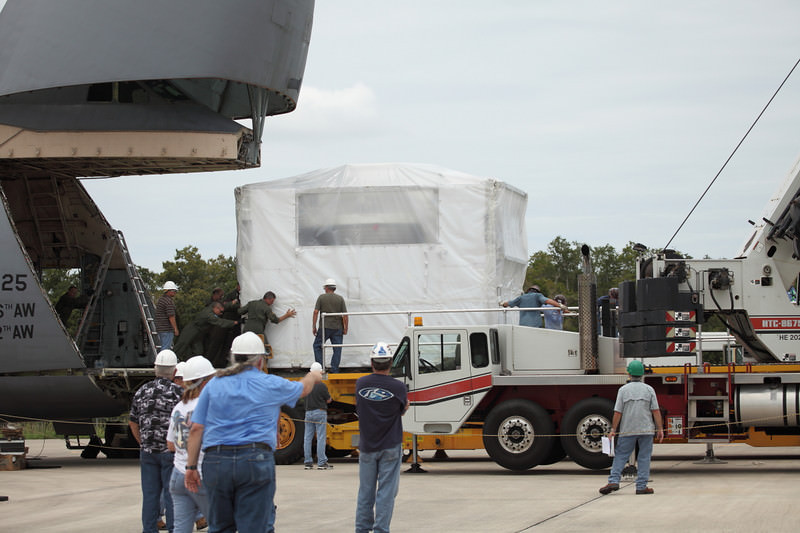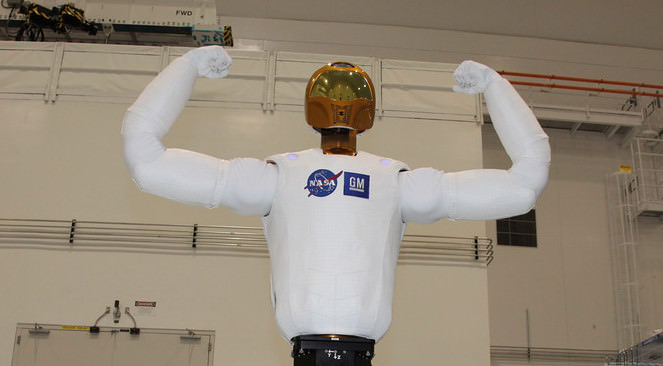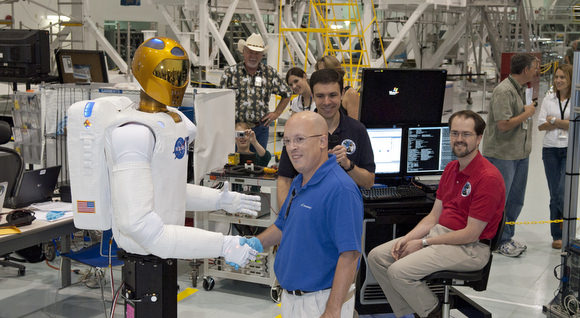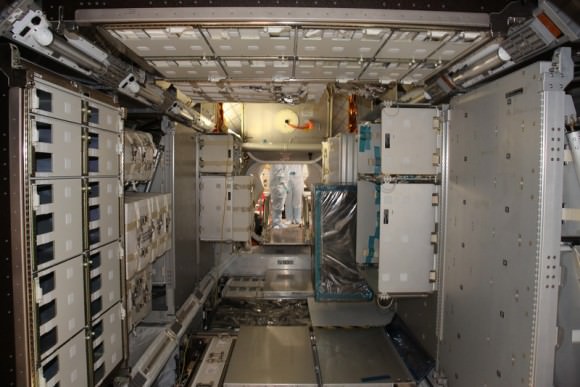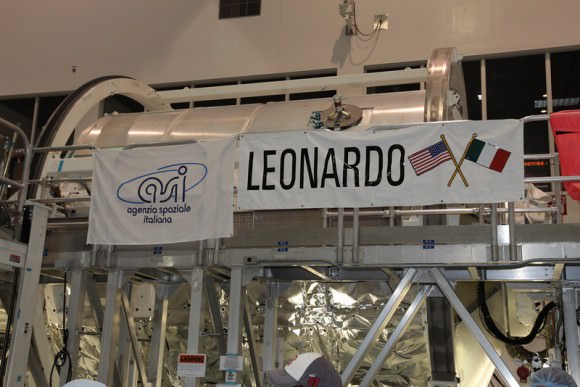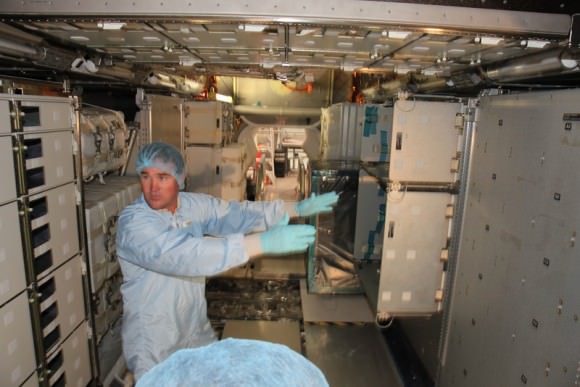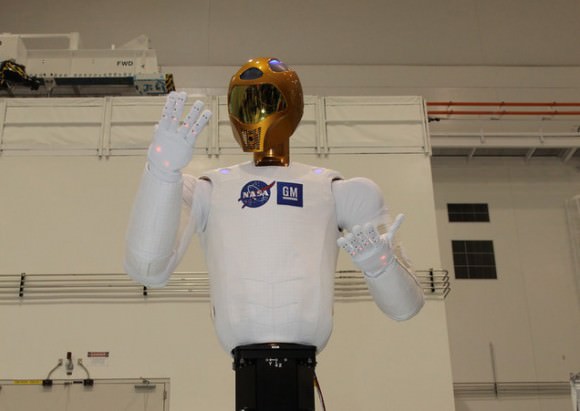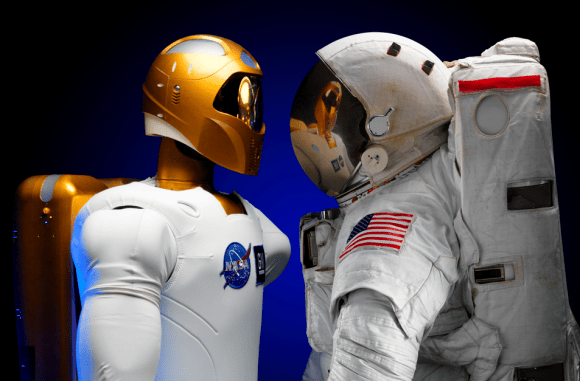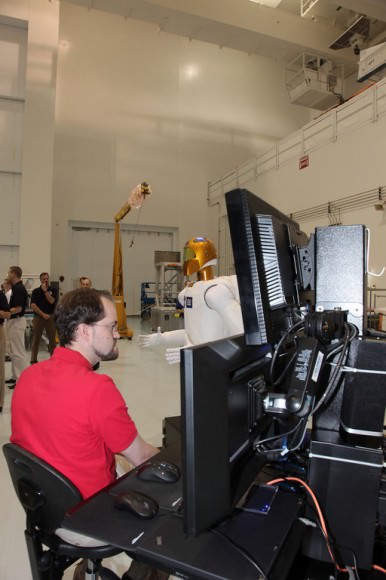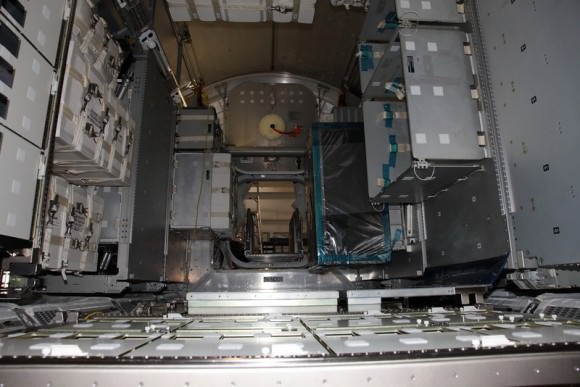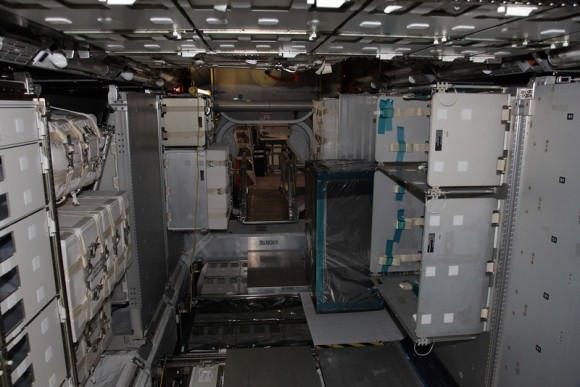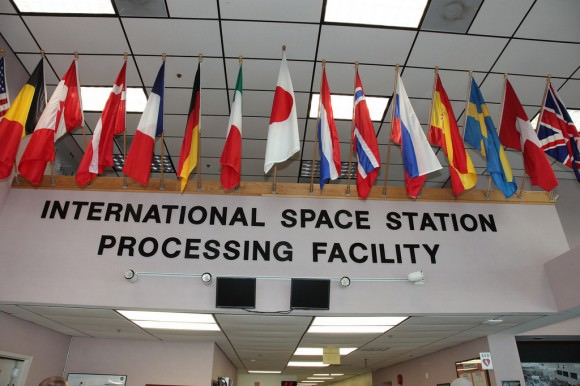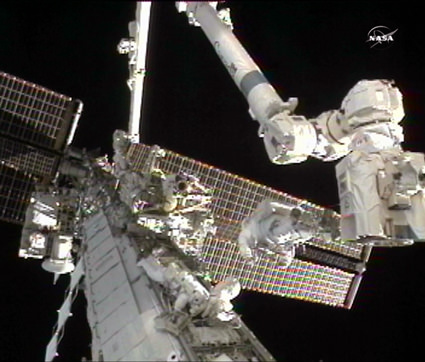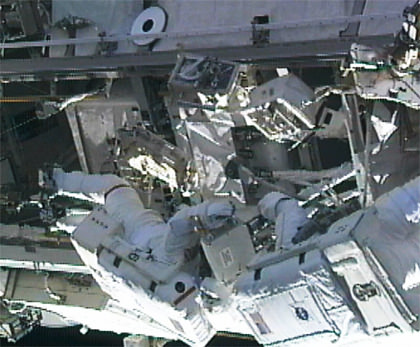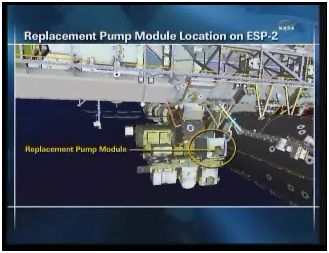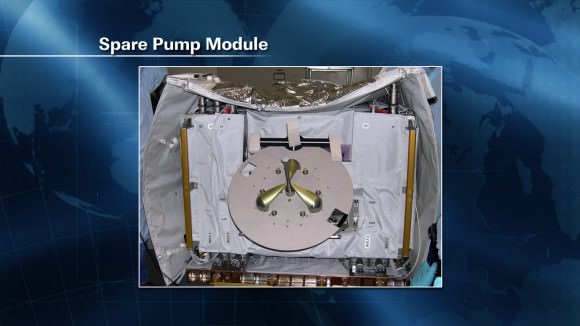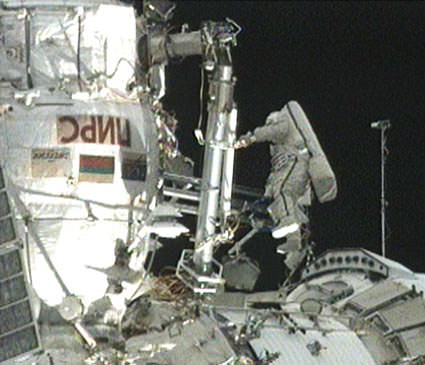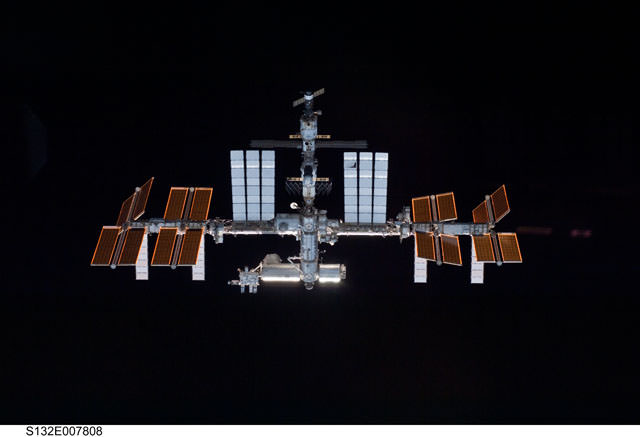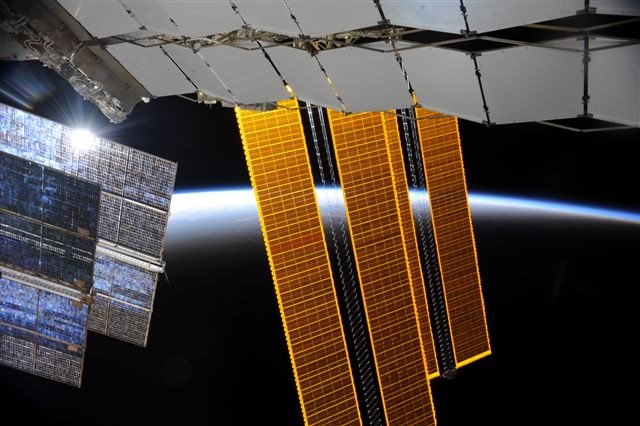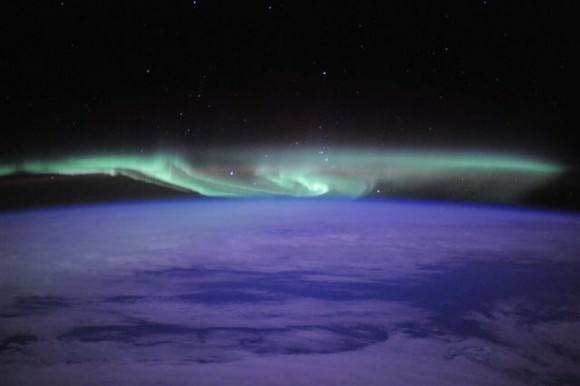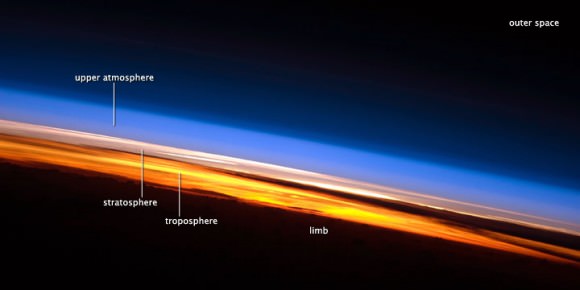[/caption]
One of the most anticipated science instruments for the International Space Station — which could find the “hidden universe” of anti matter and dark matter — has arrived at Kennedy Space Center. The Alpha Magnetic Spectrometer (AMS-02) is now ready to head to space as part of what is currently the last scheduled space shuttle mission in February 2011. Dubbed “The Antimatter Hunter,” the AMS is the largest scientific instrument to be installed on the ISS, and comes as a result of the largest international collaboration for a single experiment in space.
“Even before its launch, the AMS-02 has already been hailed is already as a success. Today we can see in it with more than a decade of work and cooperation between 56 institutes from 16 different countries,” said Simonetta Di Pippo, ESA Director of Human Spaceflight.
AMS measures the “fingerprints” of astrophysical objects in high-energy particles, and will study the sources of cosmic rays — from ordinary things like stars and supernovae, as well as perhaps more exotic sources like quark stars, dark-matter annihilations, and galaxies made entirely of antimatter.
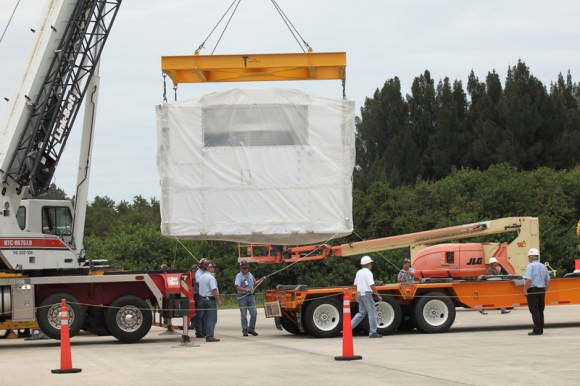
Each astrophysical source emits a particular type of cosmic rays; the rays migrate through space in all directions, and AMS-02 will detect the ones that pass near Earth. With careful theoretical modeling, the scientists hope to measure those fingerprints.
By observing the hidden parts of the Universe, AMS will help scientists to better understand better the fundamental issues on the origin and structure of the Universe. With a magnetic field 4,000 times stronger than the magnetic field of the Earth, this state-of-the-art particle physics detector will examine directly from space each particle passing through it in a program that is complementary to that of the Large Hadron Collider. So, not only are astronomers eagerly waiting for data, but particle physicists as well.
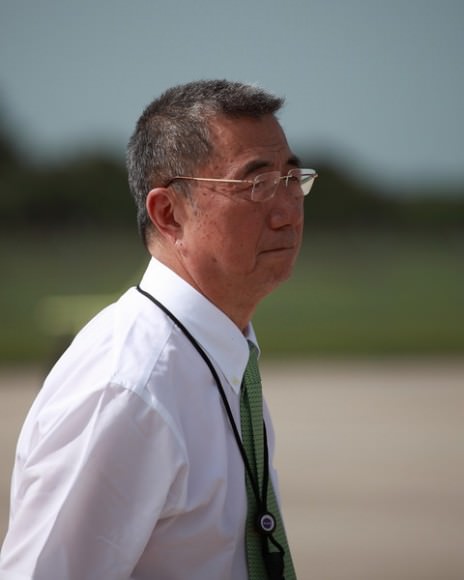
The AMS-02 experiment is led by Nobel Prize Laureate Samuel Ting of the Massachusetts Institute of Technology (MIT). The experiment is expected to remain active for the entire lifetime of the ISS and will not return back to Earth. The launch of the instrument was delayed so that the original superconducting magnet could be replace with a permanent one with a longer life expectancy.
Now as KSC, the AMS will be installed in a clean room for more tests. In a few weeks, the detector will be moved to the Space Shuttle, ready for its last mission.
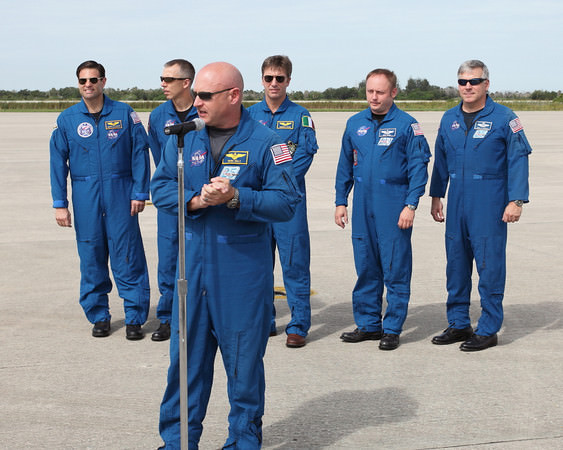
The AMS-02 is an experiment that we hope we’ll be doing lots of reporting about in the future!
Source: ESA

